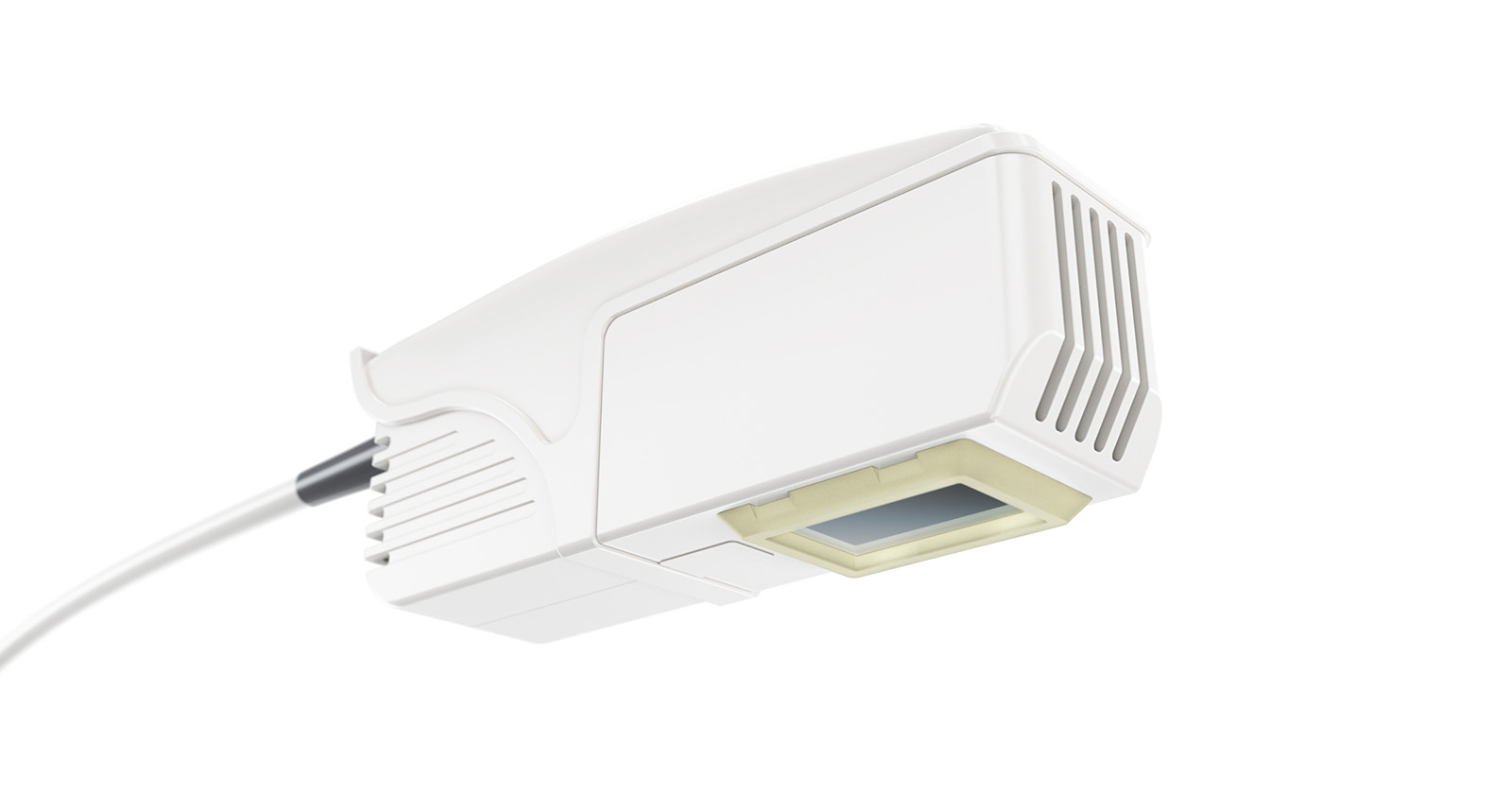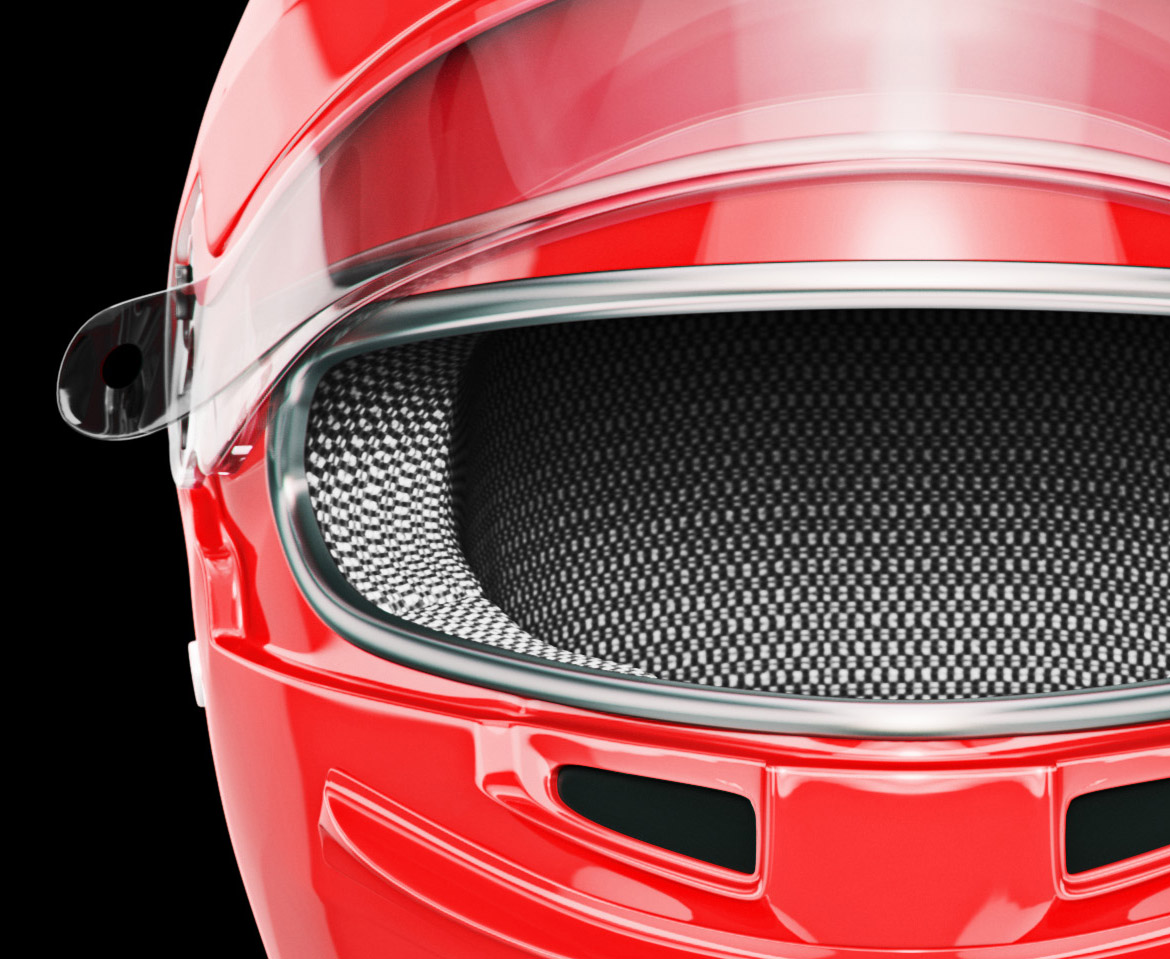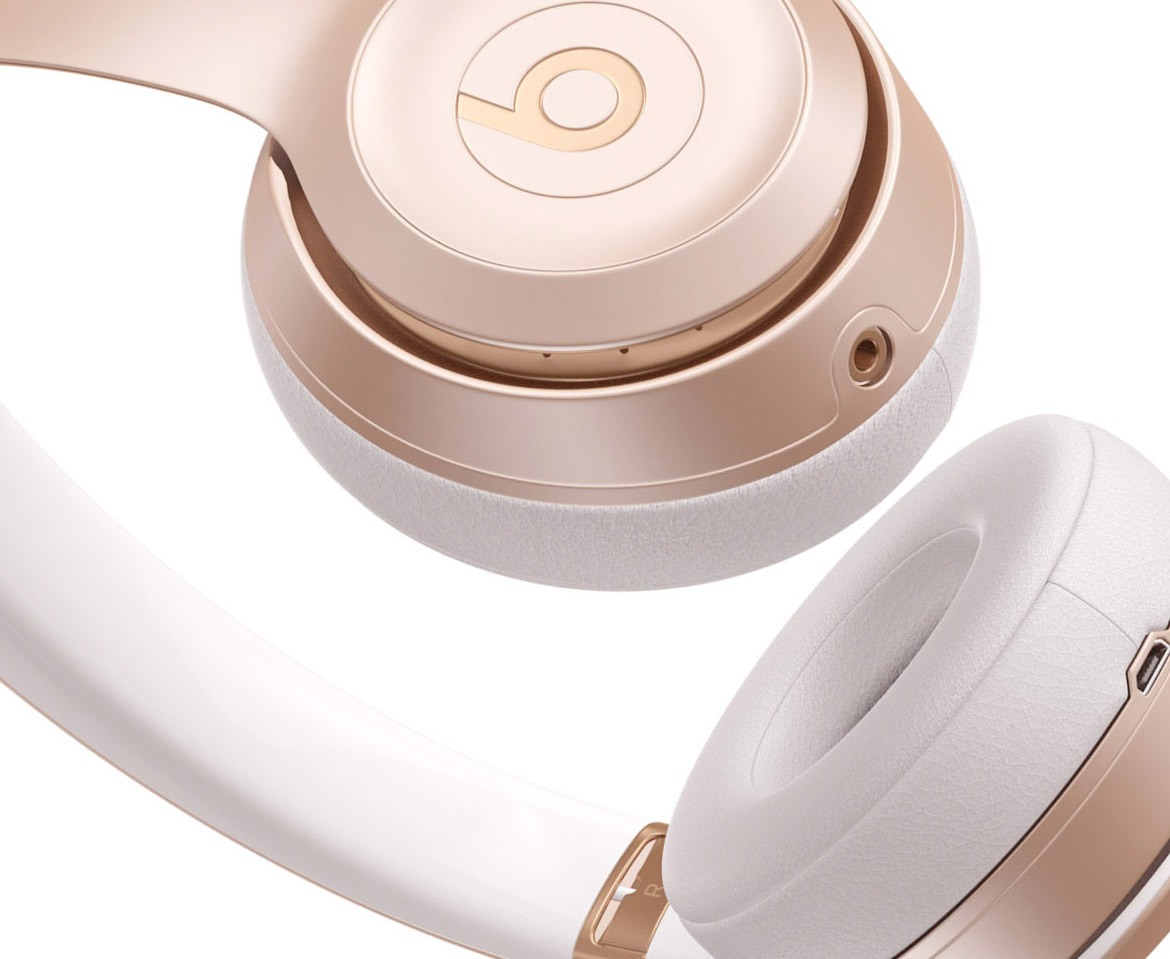Institute of Medical Physics - Laser Skin Rejuvination - Picosecond - 3D Models & Renderings
The standard modality for tattoo removal is the non-invasive removal of tattoo pigments using Q-switched lasers. Different types of Q-switched lasers are used to target different colors of tattoo ink depending on the specific light absorption spectra of the tattoo pigments. Typically, black and other darker-colored inks can be removed completely using Q-switched lasers while lighter colors such as yellows and greens are still very difficult to remove. Success can depend on a wide variety of factors including skin color, ink color, and the depth at which the ink was applied.
I was asked to create the entire line of laser skin rejuvenation machines that are used by Institute of Medical Physics in the UK. I used 3ds Max, and Octane for the rendering segment, and Photoshop and After effects for the finalized images. These models will be used to create animations for training purposes.

Q-switched lasers first became commercially available in the early 1990s. For a couple of decades before that, continuous-wave lasers were used as medical lasers for tattoo removal. Continuous-wave lasers used a high energy beam that ablated the target area and destroyed surrounding tissue structures as well as tattoo ink. Treatment tended to be painful and cause scarring.

Before the development of laser tattoo removal methods, common techniques included dermabrasion, Trichloroacetic acid, salabrasion, cryosurgery and excision which is sometimes still used along with skin grafts for larger tattoos. Many other methods for removing tattoos have been suggested historically including the injection or application of tannic acid, lemon juice, garlic and pigeon dung.



if you like what you see, email me.
Your email address will never be made public. Required fields are marked *

